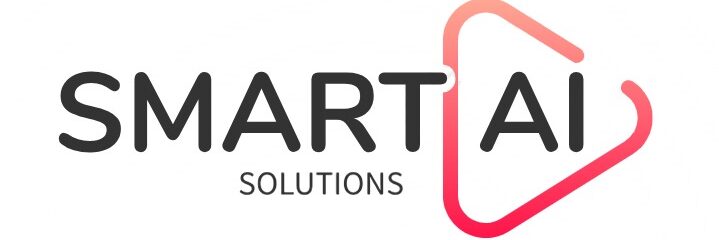Understanding the Basics of AI Automation
What is RPA?
Tools You'll Need
To successfully set up your automated social media system, you will need the following tools:
- Make.com (RPA Tool): To create the automation flows that will connect your various applications.
- Perplexity: For accessing real-time web content to summarize articles.
- GPT-4 and Claude Opus 3: For generating highly engaging social media posts.
- DALL-E 3: To create stunning images for your Instagram posts.
Step-by-Step Guide to Automate Your Social Media Posts
Step 1: Set Up Your Make Account
Step 2: Create a Google Sheet
Step 3: Trigger Automation with Google Sheets
- In Make, select Google Sheets to be your trigger app.
- Choose Watch New Row as the trigger event, which will activate whenever a new URL is entered in your sheet.
- Set the frequency of checking for new rows to once a day, at, for example, 8 a.m.
Next, we will use Perplexity to read the article linked in your Google Sheet:
- Sign up for a Perplexity account and obtain your API key.
- In Make, add a new module using Perplexity to create a chat completion.
- Set the input to summarize the article using the link specified in your Google Sheet.
Step 5: Generate Engaging Social Media Posts
To create four different posts (Facebook, Instagram, X, and LinkedIn), you will set up a router in Make:
Facebook Post:
Use Claude Opus 3 for generating a captivating Facebook post.
Set your prompt to focus on engaging audiences and encouraging interactions.
Instagram Post:
Use GPT-4 to create a visually appealing Instagram post.
Make sure your prompt includes suggestions for relevant hashtags and the use of emojis.
X (Twitter):
Setup OpenAI (GPT-4) again for concise and engaging Twitter posts that highlight the article’s key points.
LinkedIn Post:
For LinkedIn, opt for Claude Opus once more, focusing on a professional tone that aligns with LinkedIn’s audience.
Step 6: Generate Images for Instagram
For Instagram, you’ll want to complement your post with an eye-catching image:
- Add an additional step in your Instagram post creation to generate an image using DALL-E 3.
- Provide a detailed prompt to create an image that relates well to your summarized article.
Step 7: Connect to Social Media Accounts
Once your posts are generated, the next step is to connect them to your social media accounts:
- For Facebook, set up the connection to your business page.
- For Instagram, create a photo post using the generated image and caption.
- For X, create a new tweet using parameters from your previous outputs.
- For LinkedIn, connect your account and create a text post using the generated content.
Step 8: Review and Refine Before Full Automation
Before activating your automation, consider setting it up to send an email with the generated posts. This allows you to review the posts before they go live. Once satisfied:
- Turn on the automation to start posting daily at the specified time.
Conclusion: Embracing the Future of Automated Content Creation
By setting up this automation, you ensure your social media presence remains active without the daily hassle of content creation. With all components working in synergy, you’ll effectively manage your online engagement and brand visibility. As AI technologies continue to evolve, utilizing tools like Make and AI content generators can transform your approach to social media marketing.
Experiment with different prompts and tailored settings until you find the optimal configuration for your brand’s voice. Now, it’s time to embrace automation in your content creation strategy and see the results firsthand. If you found this guide helpful, consider signing up for free training or joining a community focused on AI and automation for further learning.
Explore further how automated systems can save you time and enhance your digital marketing efforts! Contact us today to know more .



